Easter podcast: Celebrate Semana Santa in Spain
Dozens of people streamed past our hostel window, all heading in one direction. We’d thought it was a sleepy village when we’d arrived on foot earlier in the day, but now everyone in town was out in the cold, hurrying through the the narrow streets towards the centre. We joined them. The cold numbed our bones and we shivered as we stood at the side of the road with everyone else, waiting for something to happen.
Finally we heard music in the distance and slowly, slowly, a procession arrived: a small band, a group of men carrying a large statue, people in purple costumes, and a huge mob of townspeople following along. We got caught up in the group as everyone around us started to move, and we finally started to warm up as the pack of walkers protected us from the wind and shared body heat.
This was our first experience of Semana Santa. We were in a small town whose name we can’t remember, part-way along the Camino de Santiago, a pilgrimage path through northern Spain. We arrived in town after a long day of walking, tired, cold and unenthusiastic about leaving our snug hostel, but ended up having an amazing experience that we didn’t quite understand. Since then, we’ve been in Spain twice more during Holy Week (the English translation of Semana Santa, the week leading up to Easter), and have learned a little bit more about what’s going on.
To listen, hit play below or find episode 298 in iTunes, Stitcher or Soundcloud:
1. It’s religious
If you’re planning to be in Spain at Easter, be prepared for religion. Spain is quite a religious country, and never more so than at this time of year — even staunch unbelievers take part in the festivities, for tradition rather than spiritual belief.
Easter isn’t just a weekend in Spain, it’s a whole week. The main celebrations start a week before Easter Sunday, on Palm Sunday, and continue through Holy Monday, Holy Tuesday, Holy Wednesday, Holy Thursday, Holy Friday, Holy Saturday, and Resurrection Sunday. That’s a lot of holies, right? That’s why it’s called Holy Week! If you’re not into religion, this might not be the right week for you to be in Spain.
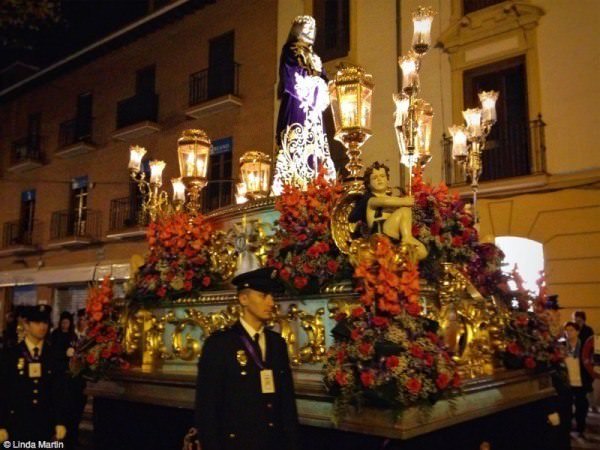
2. Processions are key
If, however, you’re into a bit of religious spectacle, you’re in luck. Every town, no matter how small, seems to have at least one procession, and the big cities have one or more almost every day, with cities like Seville and Salamanca putting on amazing spectacles. Many travellers plan their trip around the processions, so book accommodation in advance if possible.
No two processions are the same, but they have some elements in common. They’re organized by cofradias, groups of people affiliated to a church, and they usually feature a statue (imagen) being carried by a group of men known as costaleros. These statues are enormous and heavy, and the men practice for months in advance to prepare for the challenge. It’s their way of showing commitment and penitence.
You’ll see other penitents (penitentes in Spanish) in the procession as well, often wearing conical hats that hide their identity — unfortunately the Ku Klux Klan has appropriated the costume, and visitors are sometimes surprised to see what they think of as white supremacists parading through the streets of Spain. They’re not racist, though, they’re just showing repentance anonymously — and sometimes loudly, as they drag chains and walk barefoot.
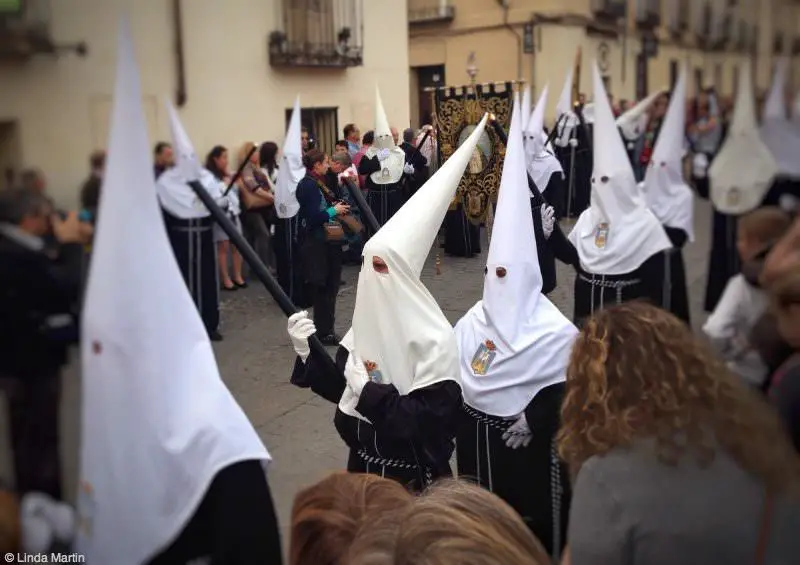
Some processions are silent, others feature a band; incense features in some, while others are bereft of fragrance. Like everything in Spain, each region has its traditions!
3. Food is important too!
Each region has its traditions regarding food too, and this year we discovered a new one: torrijas. This sweet treat is made with day-old bread soaked in milk and then egg, and fried before being dusted in sugar and cinnamon. It’s similar to French toast, but a bit moister — and totally delicious!
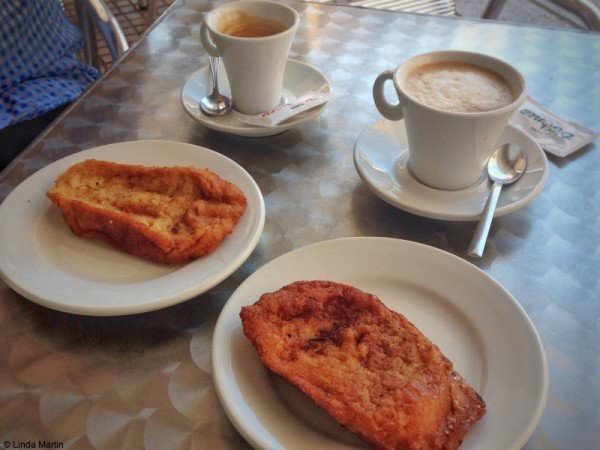
4. Shops might be shut
Be aware that shops will be shut for the public holidays. Good Friday is a holiday throughout Spain; Holy Thursday, Palm Sunday, and Easter Monday are also public holidays in most of the country. That’s in addition to the variable opening hours that are normal in Spain — some shops are open all day, while others close for a few hours in the afternoon.
5. The Camino de Santiago’s a good place to be
We’ve experienced three Easters in Spain, two of them somewhere along the Camino. It’s a great time of year to be hiking, as it’s not too hot and the routes aren’t yet packed with pilgrims. Plus you can celebrate Semana Santa in small towns that you probably wouldn’t have visited otherwise, which we’ve found to be a really meaningful experience.
Read more about Easter around the world. Where have you celebrated Easter?
To listen, hit play above or check in iTunes, Stitcher or Soundcloud.

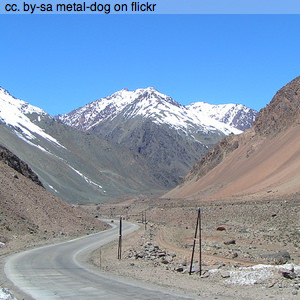
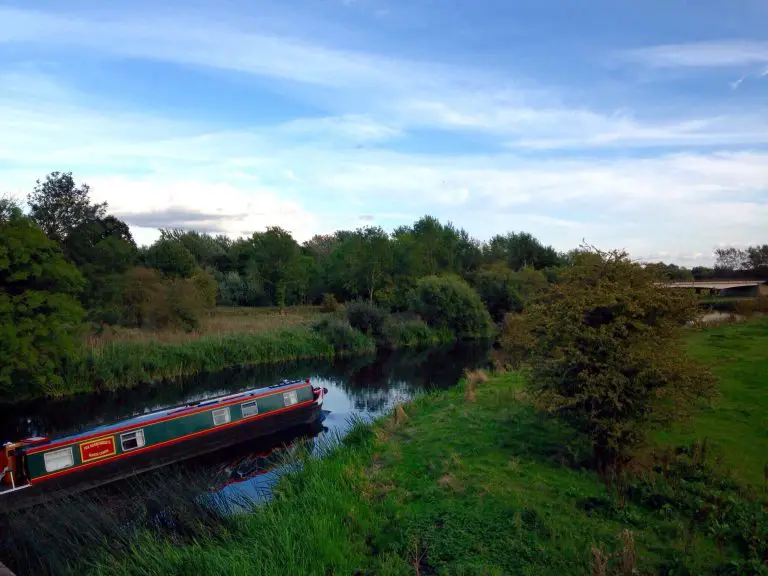
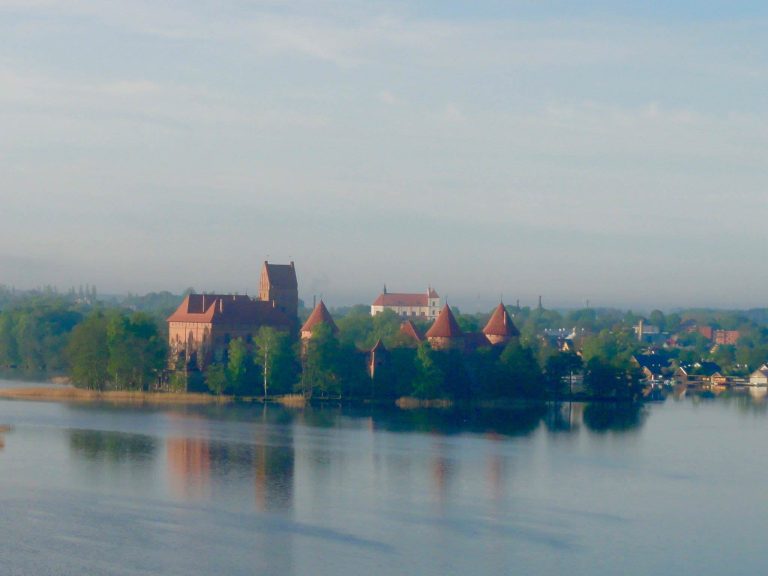

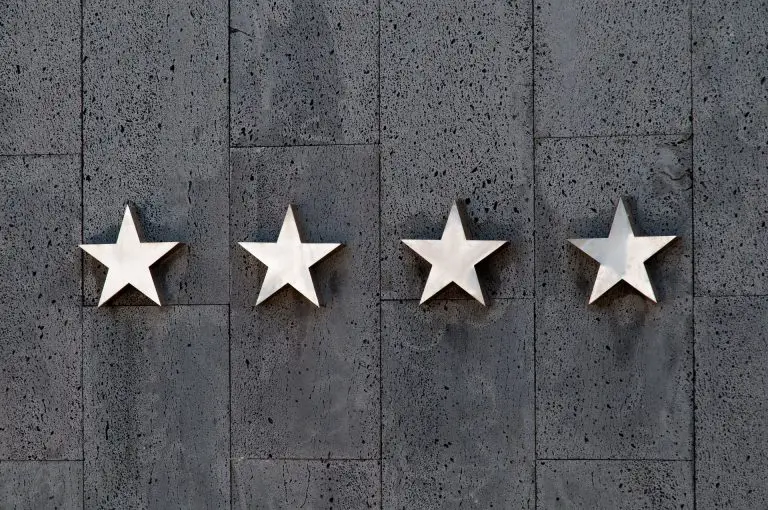
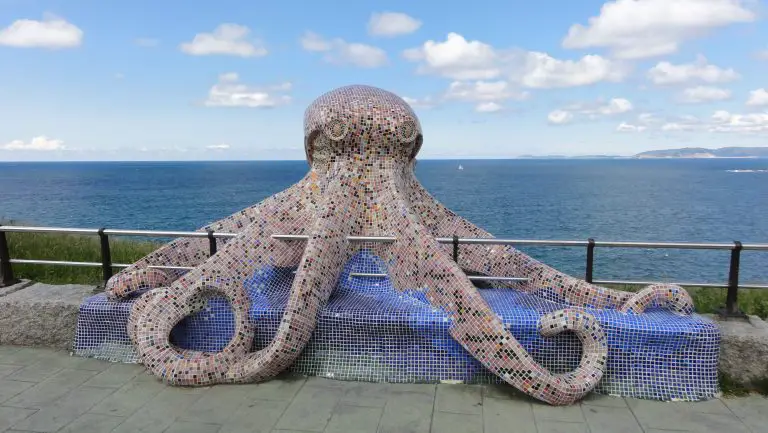
We were in Cordoba, Grenada, and Sevilla for this year’s Semana Santa. Trying to get to town center hotels was a bit of a hassle, but it was worth the experience. Was interesting how each town had a slightly different take on the processions. Ending in Sevilla on Holy Thursday was definitely the climax, though.
Thank you for beautifully portraying in this blog about semana santa,waiting for this year easter
Thanks for your comment! We’re looking forward to Easter too. I’m not sure where we’ll be, though!
I Love reading this content…!! Although i never get chance to be a participant of this festival but i am keen to be.